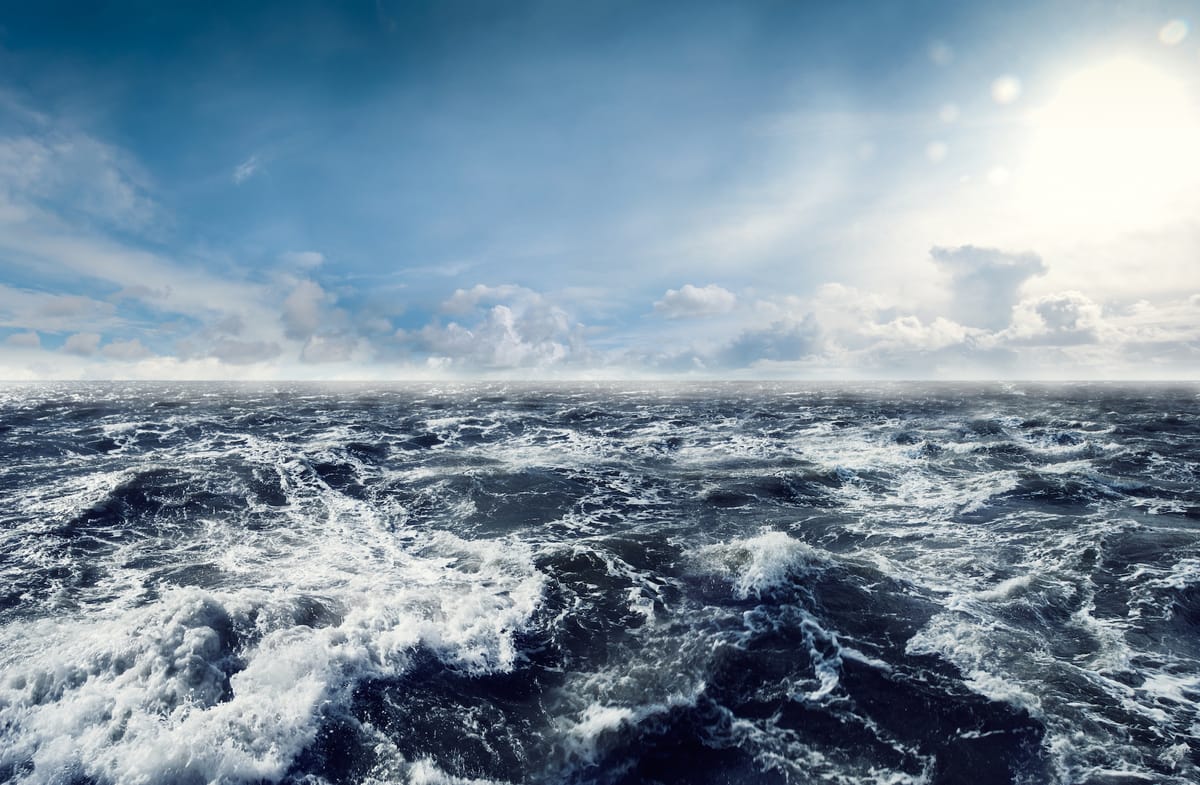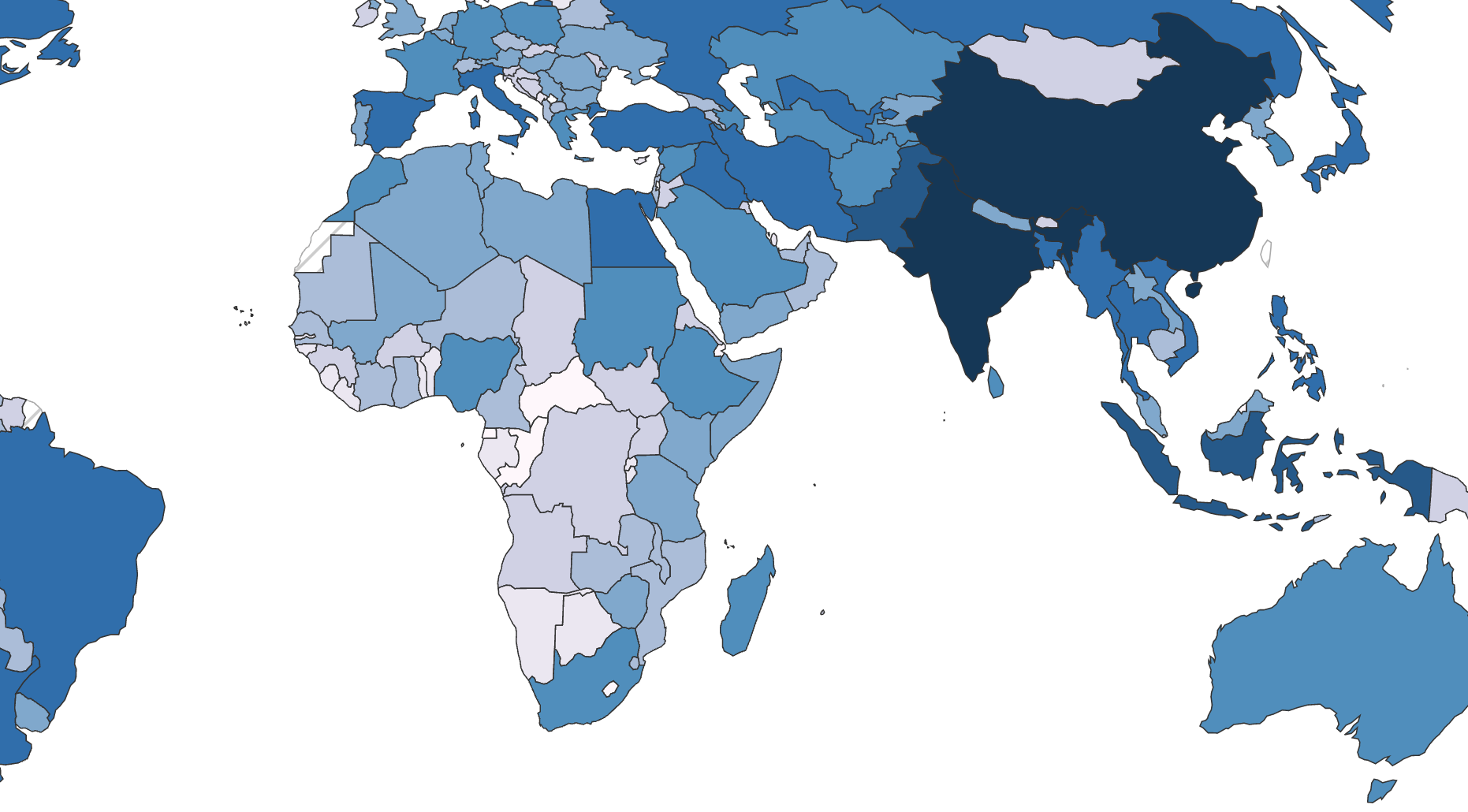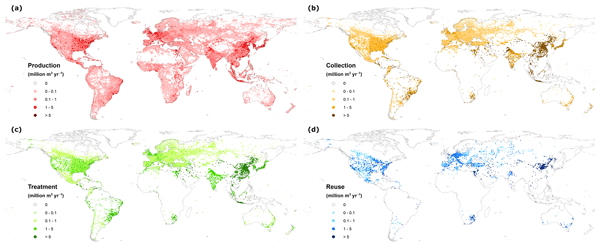Water - A scare resource

Water makes up approximately 70% of our body. Strangely, it is a similar number for our planet. I guess there is symmetry in nature.
But are we running out of water?
Climate change has been a hot topic for some time now. A recent report I read suggested that discussions about climate change, or at least climate variance, date back to the 17th century.
However, in my limited understanding, climate change had always been about carbon emissions. Not about water or water shortage.
I had the good fortune to live in California. There were permanent signs of drought. Increasingly, I am hearing of the same thing in Europe.
So I went and looked at the data. At the beginning of the last century, we were using 500 billion cubic meters of water. Today, we use 4 trillion. An eightfold increase. With population increasing, this will only go up.
Rapid urbanization and better living conditions will accelerate this trend. Freshwater withdrawals already vary wildly, with the United States having the highest per capita.
Many countries are showing a close to 80% reduction in the rate of availability of fresh water per capita. Qatar (99%), Israel (76%), and India (67%), to name a few.
Each morning, when I turn on the tap to shower, brush, or shave, I am not thinking of water scarcity. It is hard to think scarcity when you see water flowing so freely into the basin.
It is only when you look at a broader set of facts that you can fathom that we may actually be running out of water.
Look around; we waste a lot of water.
You might ask, what does this have to do with your health?
If water shortages increase, as it seems likely, there are only two paths forward. Water will get more expensive, and water will be scarce.
Imagine living in a hot country and being able to bathe only once a week because there is no water.
Reach out to me on twitter @rbawri Instagram @riteshbawriofficial and YouTube at www.youtube.com/breatheagain

In case anyone wants to read, here are some additional resources


PS: Thanks Marge for correcting my article and your valuable feedback







